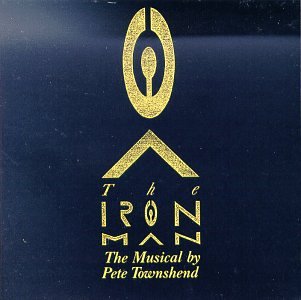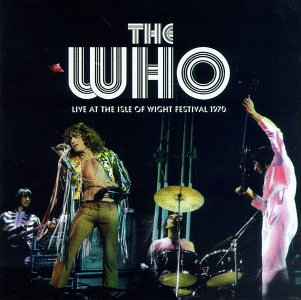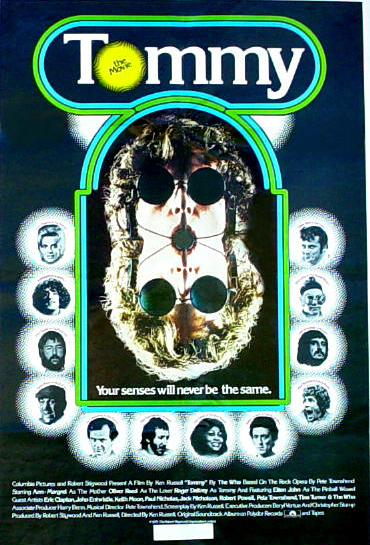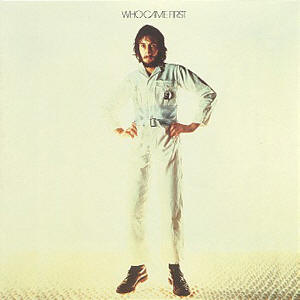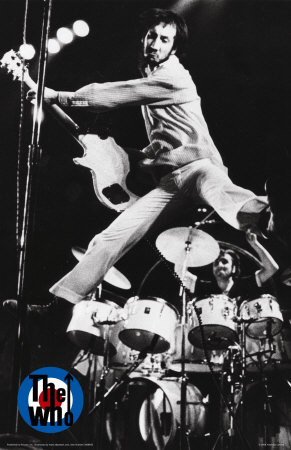
This Compilation Surfaced In 1996, And It Coincided With The Remastered Series
This was the single disc compilation that accompanied the remastered series that were issued in the ‘90s. The disc has 20 tracks, and many were the remastered versions that the forthcoming CDs were to include.
On the whole, the compilers did a very good job. All the early non-album singles minus “Call Me Lightning” and “Dogs” are included. From “Tommy“, we have “Pinball Wizard”. From “Who’s Next” we have “Baba O’Riley” and Won’t Get Fooled Again” (both unedited). Beside, two of the three Lifehouse leftovers that were issued as singles are here. They are “Let’s See Action” and “Join Together”. We are missing the final one, “The Relay”. It is a loss, but not a great one. The best thing about it is Moon’s funky drum track. But the other two singles were the real deal, and they proved it on the charts.
“Quadrophenia” is represented by just the one track, “5.15” (also unabridged). Finally, we have the ineluctable “Squeeze Box” (it was a top ten hit after all), an edited “Who Are You” and the full length “You Better You Bet”. The song is unremixed. You can tell because the background vocals are not as crisp as on the reissued “Face Dances”. Continue reading

